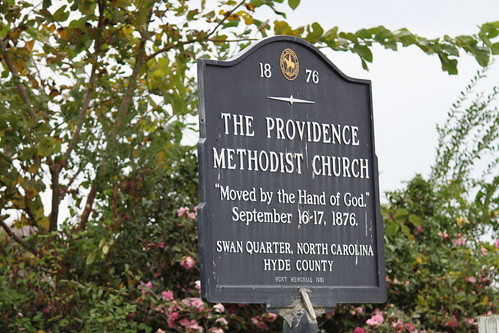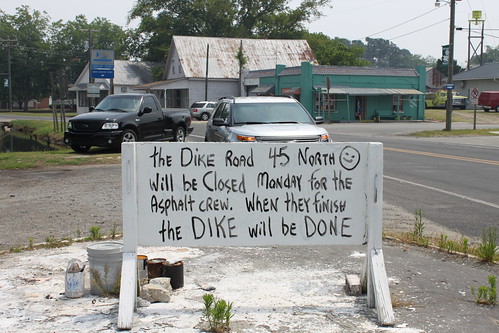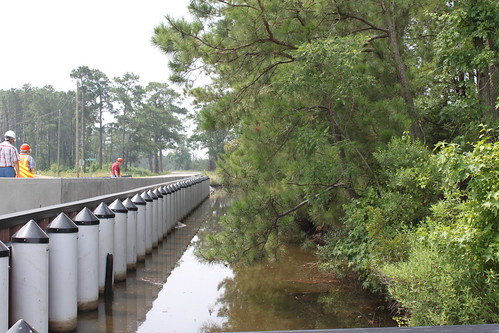
Back in 1876, the Methodists of the coastal community of Swan Quarter, NC were keenly aware of flooding issues from heavy rain and high tides. As a result, they sought property less prone to flooding for a new church. But their efforts to purchase a specific vacant lot on high ground were unsuccessful, so the church was built near the heart of the town on a lower lot.
On September 19, 1876, just three days after a church dedication for the completed sanctuary, a vicious storm ravaged North Carolina’s coast. And, once again, Swan Quarter was flooded. The day after the storm, the still-inundated community began a survey of the damage.
During the survey, residents discovered something astonishing. The Methodist church had floated off its foundation and was gingerly sailing down Oyster Creek Road. Residents tried roping the church to keep it from floating off, but were not successful.

As the church floated through town, it miraculously took a couple of turns, eventually settling neatly in a vacant lot – the same lot that the church had unsuccessfully sought to purchase. The land was deeded to the church shortly after its maiden (and only) voyage.
In 2011, Swan Quarter’s lowland geography is no different than it was in 1876 – except that ocean tides are higher. USDA’s Natural Resources Conservation Service started the Swan Quarter Watershed Project along with the Village of Swan Quarter in 1965 with the goal of building dikes, flood gates and drainage channels to help control wind tides that force salt water into the community and into Hyde County’s cropland, threatening the area’s economy. The county is one of North Carolina’s largest, and 65 percent of its land is in agriculture.
The project has taken 46 years to complete due to limited funding availability to pay for each stage of the project. But time has provided the opportunity for the project to develop and grow to address changing environmental concerns and community needs. Now, the people of Swan Quarter rejoice because NRCS and the Village of Swan Quarter recently completed the final phase of the project, which cost about $5.3 million.
Completed in June 2011 with American Recovery and Reinvestment Act of 2009 (the Recovery Act) funds, the final project includes 33,194 linear feet of dike, 4,606 linear feet of sheet piling, 10 pipes and 28 tide gates. The Recovery Act was created by the Obama Administration to boost the nation’s economy, in part by developing and improving infrastructure.
Floods in Swan Quarter have long left homes, roads and agricultural lands covered in standing saltwater. And while the town’s Methodist church hasn’t moved in over 130 years, the Swan Quarter Watershed Project will provide peace of mind that it stays put in the future.
Learn more about NRCS Recovery Act Programs.
Follow NRCS on Twitter.
Check out other conservation stories on the USDA blog.

